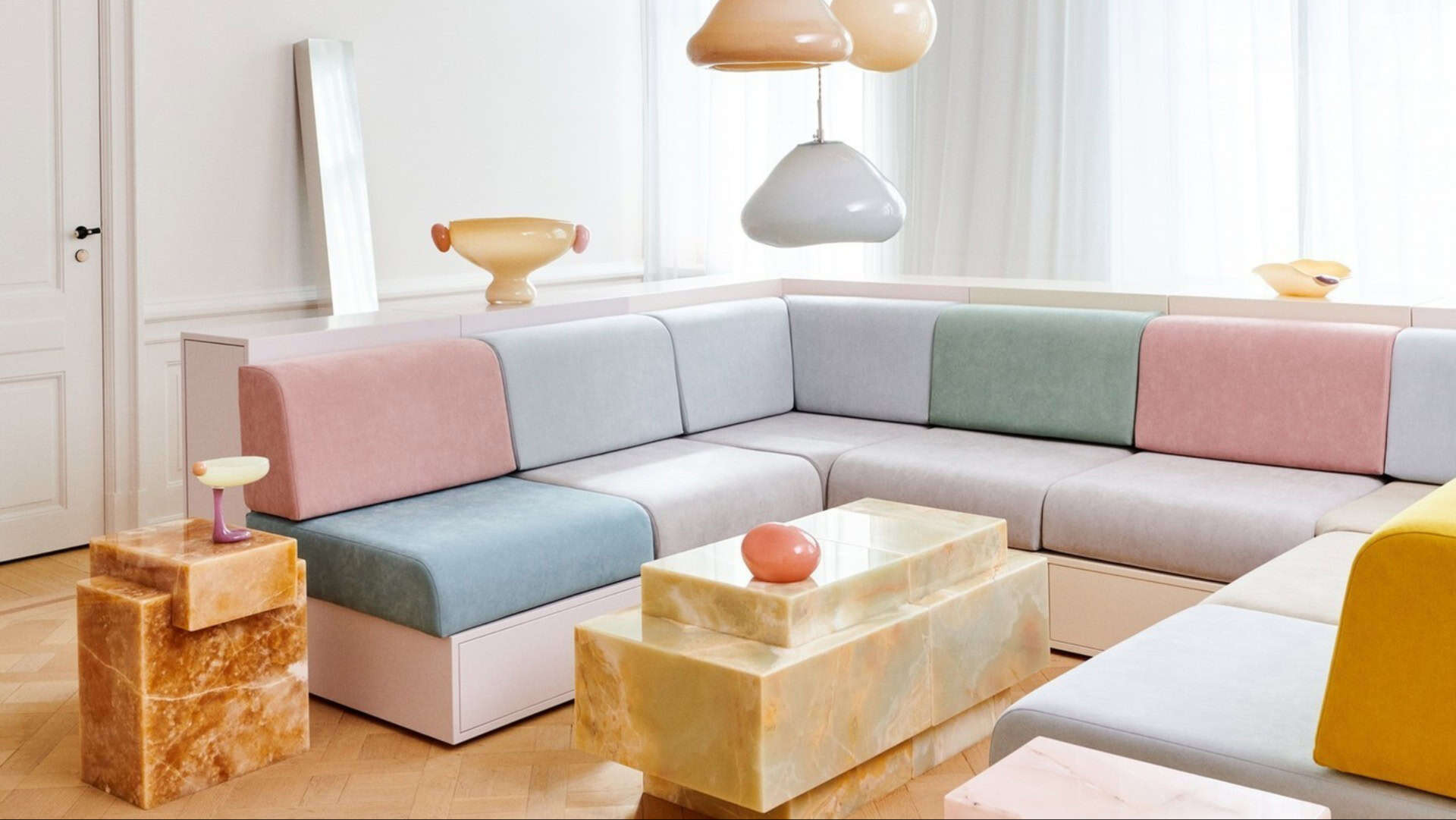When it comes to designing their own spaces, interior designers often break the rules they enforce with clients.
These creative rebels prioritize personal comfort and style over conventional wisdom.
From mismatched patterns to unconventional materials, here’s a peek into the quirky choices designers make in their own homes.
1. Matching Everything Perfectly

Designers know that perfection can be boring, and matching everything perfectly can stifle creativity.
In their own homes, they often opt for eclectic mixes of colors, patterns, and textures. This approach creates spaces with character and warmth, reflecting their personalities.
Forget the rule of strict color coordination. Designers embrace imperfections.
Mixing and matching different styles can result in a vibrant and unique environment.
It’s all about creating a personal sanctuary that’s visually stimulating and utterly personal.
2. Following Trends

Trends come and go, but personal style is timeless.
Designers often ignore fleeting trends when decorating their homes, opting instead for elements that speak to them personally.
This allows for spaces that not only stand the test of time but also hold sentimental value.
Instead of changing decor with every trend, they invest in pieces that resonate with their unique taste.
Personal mementos, vintage finds, and classic designs often take precedence, creating a home that’s both stylish and meaningful.
3. Having a Leather Sofa

While leather sofas are a staple in many homes for their durability, designers often choose comfort over convention in their own spaces.
Fabric sofas, with their inviting textures and warmth, become the centerpieces of their living rooms.
They allow for a play of colors and patterns through cushions and throws, creating a cozy and welcoming atmosphere.
This choice reflects a desire for comfort and the flexibility to change the look with seasons and moods, without being tied to one dominant material.
4. Choosing Aesthetic Over Function

In their own homes, designers prioritize function without compromising style. They understand the importance of practicality in everyday life.
Kitchens, for example, must work well, with easy-to-clean surfaces and ample storage, while still looking good.
Functionality enhances living quality, so designers ensure that their spaces support their lifestyle needs.
They blend aesthetics with practical solutions, ensuring beauty doesn’t overshadow usability.
These spaces are designed to be lived in and enjoyed, enhancing both convenience and comfort.
5. Wall-Mounted Nightstands

While wall-mounted nightstands may offer a sleek and modern look, designers often prefer traditional freestanding options for their own bedrooms.
They appreciate the simplicity and ease of rearranging furniture.
Traditional nightstands provide a spot for personal touches, like lamps, books, and cherished trinkets.
This choice reflects a desire for flexibility and personalization over rigid design trends.
Such selections allow for change and evolution within the space, creating a more lived-in and personal atmosphere.
6. Choosing Room Paint Color First

Designers rarely start with paint color, understanding how limiting it can be.
They often choose furnishings, textiles, and art first, allowing these elements to dictate the wall color.
This approach provides flexibility and ensures that all elements within a space harmonize beautifully. By focusing on key pieces first, they create a cohesive look that’s both stylish and personal.
The wall color becomes a supporting background, enhancing the overall aesthetic without dictating the design direction.
7. Following Supposed Rules Instead of Choosing Personal Style

Interior designers value personal expression over strict adherence to traditional rules. In their homes, they mix styles and eras, creating spaces that truly reflect their personalities.
This personal approach breaks away from conventional design rules, allowing for a home that’s uniquely theirs.
By combining different influences and inspirations, they craft environments that are both comfortable and visually exciting.
It’s about creating a space that feels like home, filled with meaningful and cherished items.
8. Open Shelving

While open shelving can display beautiful dishware and decor, it often requires constant upkeep.
Designers, valuing practicality, might opt for closed cabinetry in their kitchens. This choice keeps spaces tidy and reduces the burden of constant organization.
A few open shelves may be used sparingly for decorative purposes, but the primary focus is on functionality and ease of use.
This reflects a balance between aesthetic appeal and the reality of daily living, ensuring spaces remain both beautiful and practical.
9. Lacquered Flooring

Glossy lacquered floors may look stunning, but designers often choose natural finishes for their warmth and comfort.
In their own homes, they prefer wooden floors with natural finishes, complemented by textured rugs.
This choice reflects a love for organic materials and a desire for a cozy, inviting atmosphere.
Lacquered floors can feel cold and impersonal, while natural wood brings warmth and character to a space.
It’s about creating a welcoming environment that’s both stylish and comfortable.
10. Small or Mosaic Tiles

Small or mosaic tiles might offer intricate designs, but they can be high-maintenance with all those grout lines.
Designers often choose large tiles for their own bathrooms to reduce cleaning hassle and create a sleek, modern look.
Large tiles provide a sense of space and simplicity, enhancing a bathroom’s appearance. By minimizing grout lines, these spaces become easier to maintain and visually expansive.
It’s a practical choice that combines aesthetics with the convenience of everyday living.

